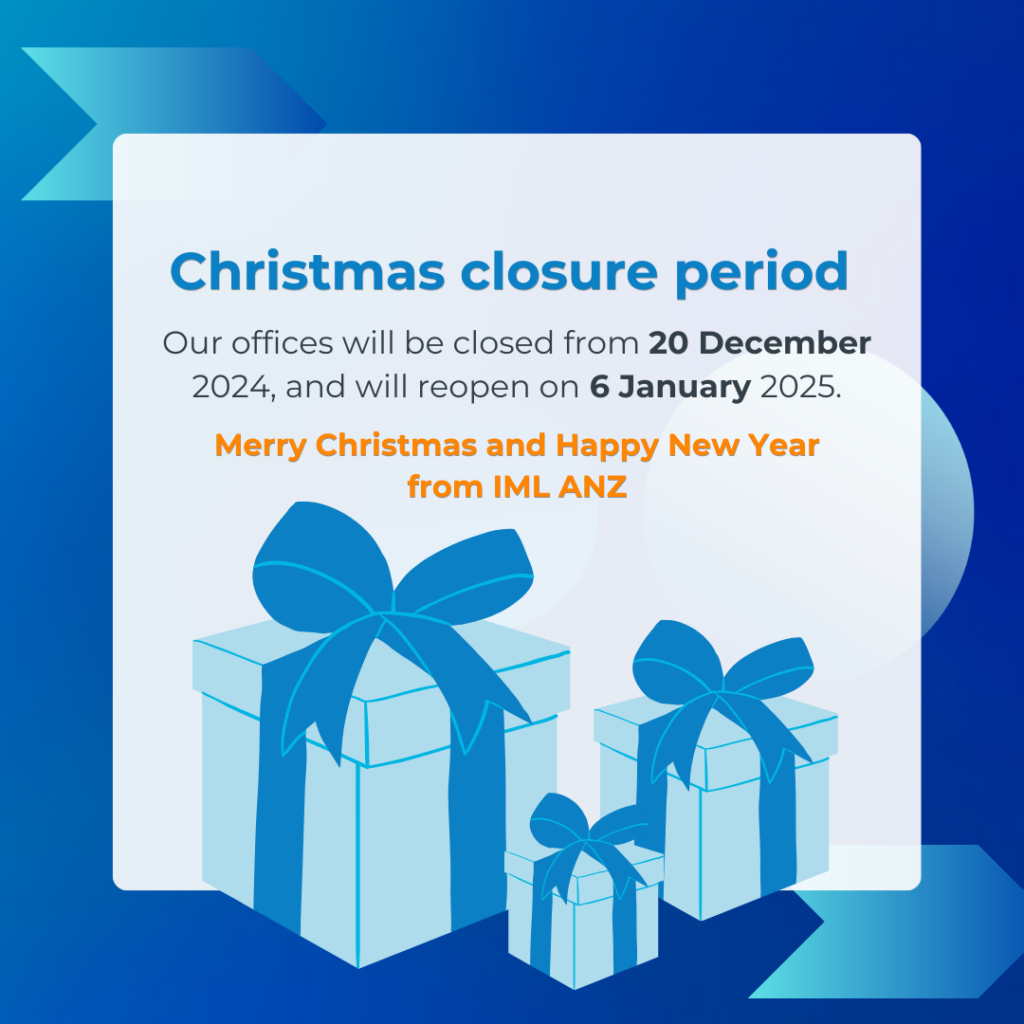In the hustle of the modern workplace, it’s very easy to spend a lot of time completing not much. That is, people put a lot of time and effort into completing the least important jobs, while the things that really matter are overlooked or not given the attention they deserve.
Sometimes this is because we prefer to work on things that interest us, or we do the easy quick tasks because it is so satisfying to look at a list of completed jobs. Frequently, however, it is because we have not properly identified and prioritised what we should be doing.
So, what are the demands on your time? What techniques do you currently use to manage your time effectively? What tools can you use to help schedule tasks? How can technology help you prioritise?
Below are some guidelines to get you thinking about how to effectively prioritise your tasks and manage your time:
The five Ds
Most peoples’ days are so busy that they find it impossible to do everything. It is essential to decide what you will deal with now, do later, delegate, do only if time permits, and what you won’t do at all. This can help you develop a work schedule and set priorities that concentrate on activities that will contribute directly to your overall job goals. It allows you to distinguish between what’s important and unimportant, what’s vital and superfluous.
In summary, the five Ds:
- Do it now
- Do it later
- Do it if time permits
- Delegate it
- Dump it
To-do list
A lot of people use a to-do list but how effective and methodical is yours? No matter how good your memory is you’re probably far too busy to remember everything you need to do. Lists are indispensable to keep you focused on what you need to accomplish to achieve your goals, no matter how hectic things get. They save you from the ‘tyranny of the urgent’ – attending to whatever floats across your field of vision, whatever seems the most urgent at the time, or whatever ‘makes the most noise’.
Here are some specific things that to-do lists can be useful for:
- To plan your day or week
- To establish priorities to remind you to do things
- To note down promises and commitments you’ve made so you don’t forget them
- To remind you to follow up on promises others have made, tasks you’ve delegated, and finish off part-completed work.
- To group like tasks together, and to do them together in blocks of time
The A-B-C priority shorthand
The A-B-C method can be an effective way to set priorities. Look at your tasks, identify the important ones, those that most directly contribute to achieving results in your key result areas. Assign them an ‘A’ priority. Matters that are both urgent and important are ‘A’ priorities too.
Which tasks contribute least and can wait if you don’t have enough time to do them? These are activities that don’t contribute directly to your key result areas and are not urgent. Assign them a ‘C’ priority. The rest are ‘B’ priorities.
Try to get through as much of your to-do list each day as you can, focusing on your ‘A’ priorities. That way, if you don’t get everything done, it will be the least important things that are left. Don’t ignore the ‘Bs’ and ‘Cs’ though because many of them will be urgent ‘As’ if you don’t get on with them.
Tame the telephone
If someone calls at a bad time, say so and arrange a time when it will be convenient for you both to talk.
To prevent lengthy calls, stand up. Your voice will take on a more urgent tone and encourage callers to be to the point.
Make several outgoing calls together and have a note of what you want to discuss.
Keep a note of what you want to speak to people about as well as a note of telephone messages you leave for others on your to-do list. Cross their names off when they return your call and follow up anyone who doesn’t get back to you.
Conquer emails
Where possible control your emails by turning off the audio alert that announces new mail and check for new mail only when it’s convenient to do so in blocks of time.
Remove your name from distribution lists that send information you seldom have time to read.
Scan emails for priority and subject titles and read only the most important; delete the unimportant ones. Pop the rest into folders to read or action. Keep culling and filing read and sent emails, so the size of your files doesn’t build up to unmanageable proportions.
Master time management tools
Effective time-management primarily depends on personal discipline and willpower; planning tools can help you win that daily battle with time.
We are working in a modern workplace, with modern productivity issues. That means we need to resolve these issues with modern tools and approaches to productivity. Your team might all use the electronic calendar to manage their meetings, but that is only half of their workload. Most may still be using paper tools to manage their priorities, meeting notes and project information. Lead by example here and fully embrace technology to centralise and organise all of your work.
Here are a few additional guidelines to get you thinking about how to make the best use of diaries and calendars:
- At the beginning of the year, enter important dates such as staff meetings, vacations, and conferences.
- Break activities into time blocks, with a beginning and an end. Time management problems are often caused by fuzzy end times.
- Don’t allow the entire day to be booked out. Leave some spare time to accommodate unexpected interruptions and thus reduce messy rescheduling or cancellations.
- Avoid scheduling yourself too tightly. The pressure to finish one task or meeting in time to begin another reduces your effectiveness.
- Allow time for rest, lunch and relaxation; error rates and stress increase with lack of rest.
- Block in time to complete important projects and schedule enough time to build up momentum.
- Ensure you can always carry your paper-based or electronic diary with you.
- Understand your unique energy cycle. When are you full of bounce and energy, a bit flat, or somewhere in between? Learn to use your peak energy periods for activities requiring careful thought and effort and avoid interruptions during this time.



